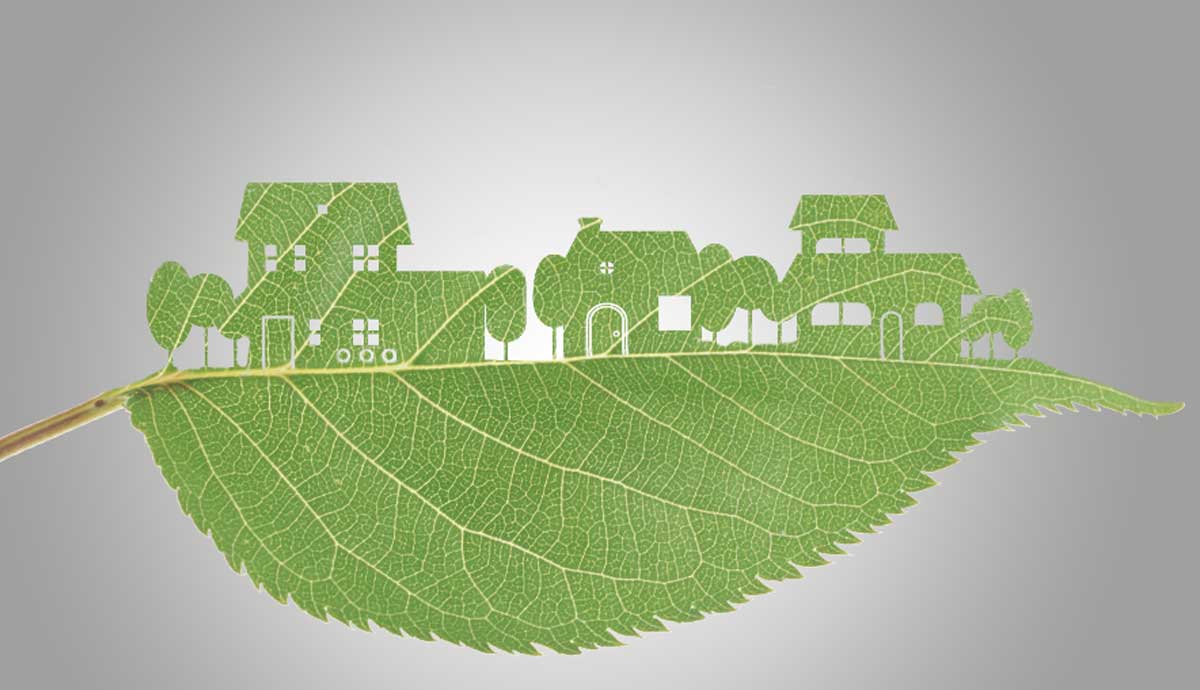Study Confirms Stewardship is Strong Environmental Strategy

Finally, a formal study has confirmed what I have been advocating and putting into practice through my company now for over 25 years. Properly caring for and maintaining our existing home inventory results in enormous benefits to the environment compared to building new. Stewardship is proven to be a powerful and affordable environmental strategy.
The study looked at both commercial and residential buildings in Portland, Phoenix, Chicago, and Atlanta and revealed the potential for large carbon impact reduction by comparing the relative environmental impacts of building maintenance, reuse and renovation (Stewardship) vs. new construction over an assumed 75-year period.
“It makes sense that if you don’t have to replace something, you avoid having to use up labor, energy and raw materials to make it.”-Steve Spratt
Contrary to popular belief, the benefits of reusing and renovating buildings far outweighed the benefits of constructing new energy-efficient structures. According to the study, a new building that is even 30% more efficient than the average building takes up to 80 years to overcome the negative climate change impacts resulting from construction.
Even building re-use projects that produced carbon impact reductions that seemed small when considering only one building, showed substantial savings when large numbers went under the microscope. The highest returns came from simply maintaining existing structures properly. The returns came from reduced failures and increases in durability and life while maximizing operational efficiency. It makes sense that if you don’t have to replace something, you avoid having to use up labor, energy and raw materials to make it.
“…building reuse can avoid unnecessary carbon outlays and help communities achieve their near-term carbon reduction goals…”
“If the city of Portland were to retrofit and reuse the homes and commercial office buildings that it is otherwise likely to demolish over the next 10 years, the potential impact reduction would total approximately 231,000 metric tons of CO2 – approximately 15% of their county’s total CO2 reduction targets over the next decade,” so says the Preservation Green Lab, a division of the National Trust.
Roughly 82 billion square feet of existing space will likely be demolished and replaced between 2005 and 2030, representing about 25% of the existing building stock in the U.S., projects the Brookings Institution. Reusing these buildings and renovating them for higher efficiency – especially with renovations requiring fewer material inputs – have the potential to realize the greatest short-term carbon savings, the study authors note.
“Most climate scientists agree that immediate-term action is crucial to staving off the worst impacts of climate change,” the research stressed. “This study finds that building reuse can avoid unnecessary carbon outlays and help communities achieve their near-term carbon reduction goals.”
Bottom line, Stewardship is a better environmental strategy than building new. Maintenance matters.
Want to live better AND help the environment? Contact HPS Stewardship now!
Source: Preservation Green Lab, National Trust








